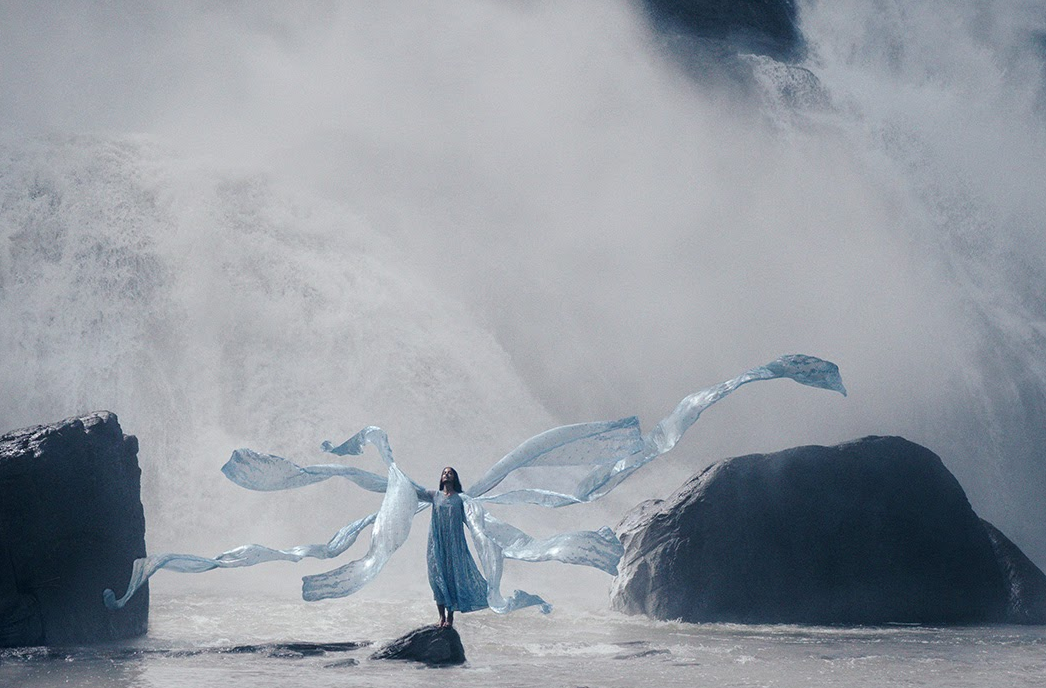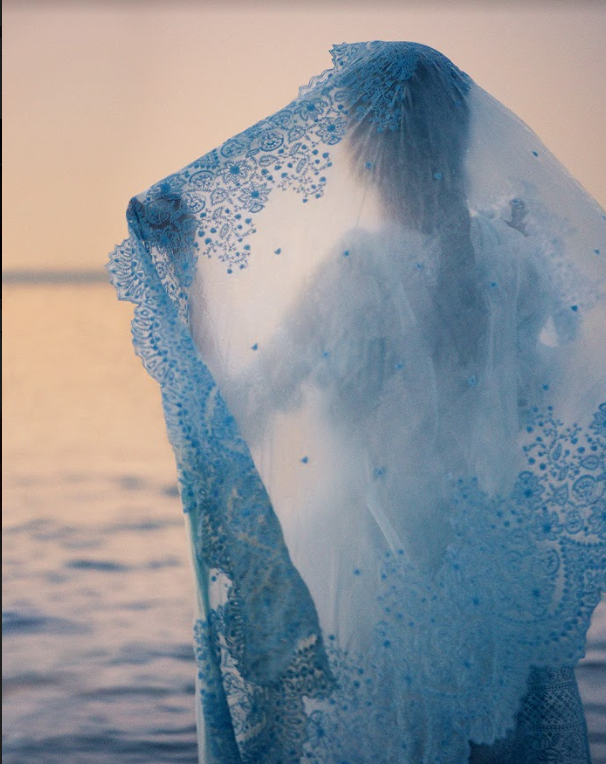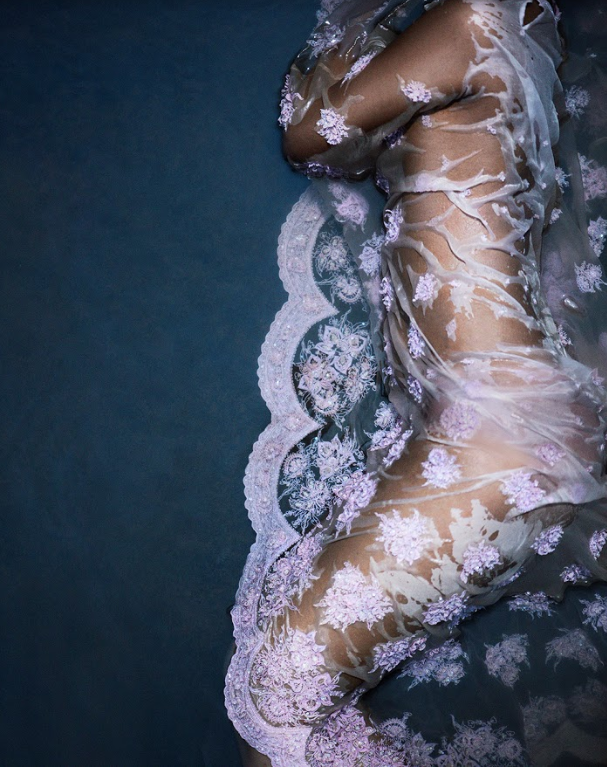There is something totally beguiling about a design story brought to life by a self-made couturier. A design stamp that even in the first few years of its birth is so strong that it can be identified: Just as you can recognise a Burberry check from a mile or Versace’s Medusa.
Except this story has its head, like the proverbial ostrich, dug deep into the sand of time. It gleefully traverses into history, celebrating the glorious era when handcrafts were a way of life and Indians ‘lived bespoke’ sans elevating it to the level of luxurious inaccessibility.
Karan Torani, a young designer has shown how far one can go in their fame, simply by honing their craft fable and celebrating it in every which way they can. A young graduate from Pearl Academy, he confesses that, “The first few years of my life were about working 20 hours out of 24 and doing multiple assignments. I simply wanted to absorb every aspect of fashion first hand.”
As a child he had seen his mother, “Save up to buy a Kalamkari sari from a weaver from Telangana.” Or his grandmother, a resident of the Lake City Bhopal, taking immense pride in her Chanderis. “I remember spending long afternoons around her house and watching her do the regular household chores draped in a crisp, simple Chanderi sari which is what got me obsessed with the classic beauty of Indian handlooms.”
Karan, an Instagram rage, has ever since remained true to his roots, hand-picking chintz art from Telangana as his innate inspiration. To which he adds embroidery traditions of Sindh, his ancestral land and touches of vintage memorabilia. Like the sarson and saleti stripes he renders on his odhnas or the classic Sindhi angarkha and koti that he keeps adding to his silhouette. “I connect Indian looms and hand crafts to the notion of travelling through the country to find a similar sense of comfort in heritage and tradition.”

His latest collection, created just before the pandemic, defines his depth. He names it ‘Sindhu’, or the river Indus that cascades from the Himalayas, passing through the land of Sindh now lost to Pakistan. “Rivers have shaped history, culture, traditions and faith… and nowhere is it as palpable as in India. This collection is inspired by the 7 holy rivers of India, famously known as the Saptha Sindhu.”


A sheer, highly sensual, white on white collection, which he layers with his famed chintz prints in chanderi and Muslin, Sindhu celebrates the chain stitch that was immortalised by the tribes of Sindh. Except he deprives it of all color and makes it a white on white textural story to celebrate a summer we all lost indoors this pandemic and ring in a winter that will be marked by celebrations as subdued as this collection.

Karan, however, was lucky to have shot in the mystical water bodies that dot Kerala. He informs, “In the early weeks of March this year we were in Kerala shooting ‘Shuddhi’, our new 2020-21 campaign, with a crew of over 30 people within the deep ends of Kerela’s water bodies… It was the toughest and most challenging production I managed till date.” But worth it, because if you go on his page you will see that so many rooted Indians are identifying with it and commenting on it from Dallas to Delhi and Brisbane to Bombay.























